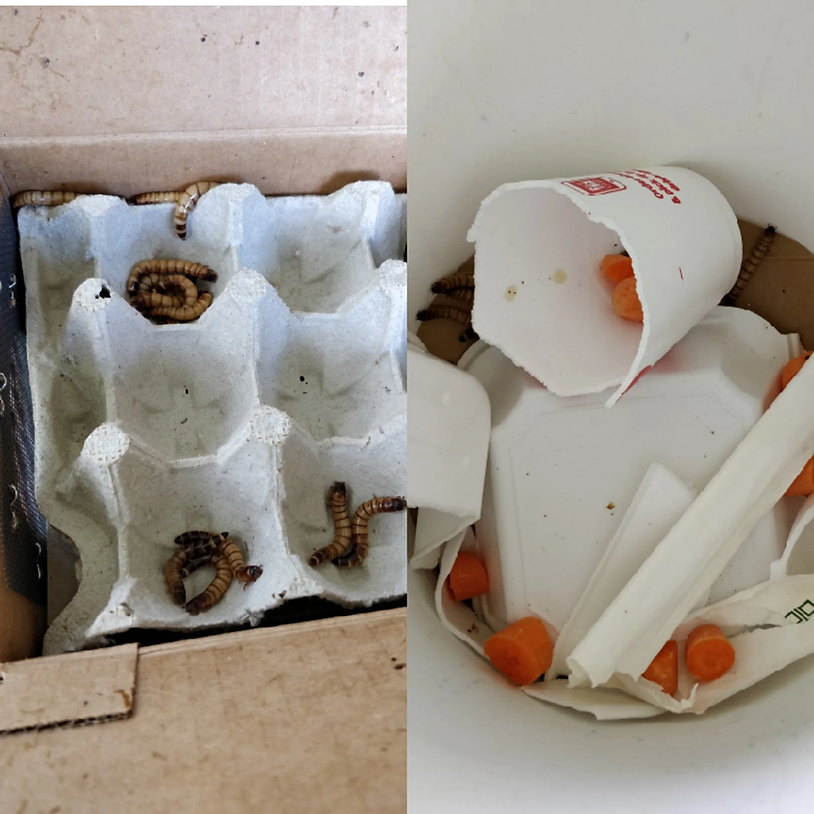By: Jenny Qiang
Scientists from the University of Queensland in Brisbane, Australia discovered that the larvae of a darkling beetle can survive on Styrofoam. This discovery will lead to new research on ideas about how bacteria can eat plastic. These scientists will now investigate the enzymes that allow the darkling beetle, also known as a superworm, to digest Styrofoam. They hope to develop a commercial product based on their discovery that would provide a natural way to recycle the Styrofoam trash that makes up a third of the garbage in the world.
Plastic waste is becoming a bigger problem every day. According to the U.N. Environment Program, half of the plastic meant for single use becomes trash and causes terrible environmental effects, such as release of greenhouse gases and ending up in water. These effects kill animals and worsen habitat. Styrofoam is one of the more harmful plastics. According to industry experts, this material is very expensive to keep in waste management facilities because it is so thick. It can also be hard to recycle because it is often covered in residue from food and drinks. It takes about 500 years for Styrofoam to decompose.
As the problems with trash grow, scientists around the world are looking for more organisms that can naturally dispose of trash. In 2015, Stanford University researchers discovered that mealworms can also thrive on Styrofoam. The next year, researchers in Japan discovered bacteria that could consume plastic bottles. In April, University of Texas researchers discovered an enzyme that could break down polyethylene terephthalate, a plastic resin that is found in liquid, food containers, and clothing.
Wei-min Wu, a researcher at Stanford University who studied mealworms, says an increasingly large group of researchers are studying ways to recycle plastic naturally. Wu says that many scientists in this field will face many challenges. It will take time to study the organisms, and such methods may not work efficiently on a large scale.
Scientists come up with the idea to test gut enzymes of organisms similar to mealworms. To carry out this study, a research team in Australia fed super worms three different diets. One group received a healthy amount bran-based food. Polystyrene was given to the second. The third group was starved.
90 percent of the larvae who ate bran became beetles, as opposed to 66 percent of the group that received polystyrene. Only 10 percent of the group that was starved became beetles. Researchers concluded from this that superworms have digestive enzymes that can break down Styrofoam. In the future, the scientists will further examine those enzymes to determine how effectively they can break down Styrofoam on a massive scale.











